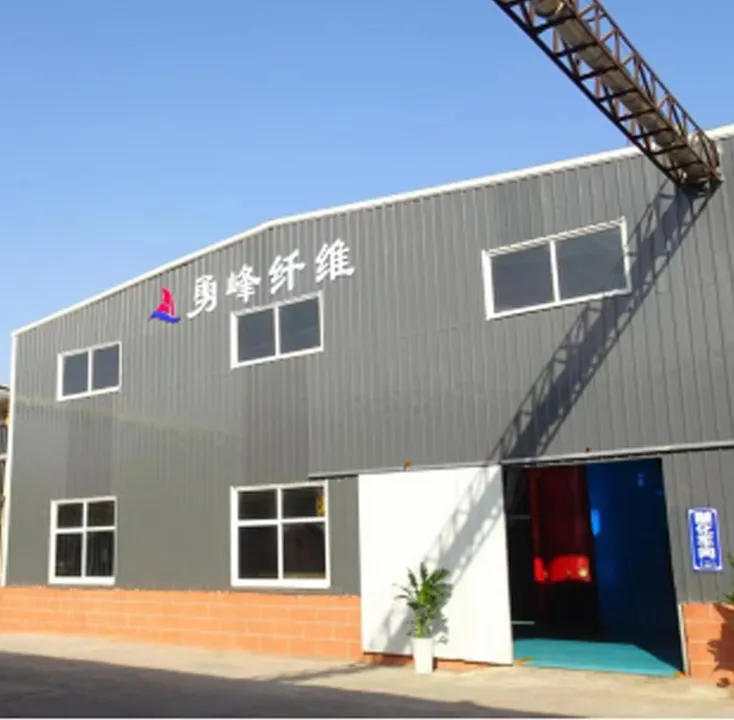The Role of Concrete Additives in Modern Construction
Concrete is one of the most widely used construction materials in the world, renowned for its strength, durability, and versatility. However, the performance of concrete can be significantly enhanced through the use of additives, which improve its properties, workability, and longevity. This article explores the various types of concrete additives, their functions, and their impact on modern construction practices.
Types of Concrete Additives
Concrete additives can be broadly categorized into two groups chemical additives and mineral additives.
1. Chemical Additives These are compounds that are added to concrete mixes to alter their properties. Common types of chemical additives include
- Plasticizers Also known as water-reducing agents, plasticizers improve the workability of concrete by increasing fluidity without adding extra water. This is particularly useful for achieving a high-performance mix while maintaining strength.
- Superplasticizers These are a more advanced type of plasticizer that can significantly increase the workability of concrete. They are essential in applications where high flowability is necessary, such as in precast concrete or when pouring concrete in complicated forms.
- Retarders Retarders slow down the setting time of concrete, making it easier to work with in hot weather or when the pouring process is delayed. They help prevent premature hardening, ensuring that the concrete has adequate time to be placed and finished.
- Accelerators In contrast to retarders, accelerators speed up the curing process, which is beneficial in cold weather conditions or projects that have tight deadlines. These additives help achieve early strength, allowing for quicker construction schedules.
2. Mineral Additives These additives are natural or manufactured materials that enhance specific characteristics of concrete. The most common mineral additives include
- Fly Ash A byproduct of coal combustion, fly ash is used to improve the workability, durability, and strength of concrete. It also reduces the heat of hydration, making it suitable for large pours.
concrete additives

- Silica Fume This pozzolanic material is a byproduct of silicon metal production. Silica fume significantly enhances concrete’s strength and durability, making it ideal for high-performance applications.
- Ground Granulated Blast-Furnace Slag (GGBS) Produced from iron manufacturing processes, GGBS enhances the long-term strength and durability of concrete while reducing the carbon footprint associated with concrete production.
Advantages of Using Concrete Additives
The integration of additives in concrete mixes offers several advantages
- Improved Workability Additives make it easier to handle and place concrete, which is crucial on construction sites where time efficiency and labor costs are a concern.
- Enhanced Strength and Durability Additives contribute to the overall performance of concrete, resulting in structures that are more resistant to environmental challenges such as weathering, chemical attack, and abrasion.
- Reduced Environmental Impact Many mineral additives, like fly ash and GGBS, help reduce the amount of Portland cement required in a mix. This not only lowers CO2 emissions during production but also promotes the use of industrial byproducts, contributing to recycling practices.
- Versatile Applications With a variety of additives available, concrete can be tailored for specific purposes. Whether for high-rise buildings, bridges, pavements, or precast products, the right combination of additives makes it possible to meet diverse engineering requirements.
Conclusion
Concrete additives have become indispensable in the modern construction industry. Their ability to modify the properties of concrete ensures that structures are built to last while increasing workability and reducing environmental impact. As the demand for sustainable and high-performance building materials continues to grow, the role of concrete additives will likely expand, driving innovation and enhancing the quality of construction worldwide. Whether used in residential, commercial, or infrastructure projects, these additives are crucial components in achieving a more efficient and sustainable built environment.
-
Rdp Powder: Key Considerations for Wholesalers in the Building Materials IndustryNewsJul.08,2025
-
Key Considerations for Wholesalers: Navigating the World of Hpmc - Based ProductsNewsJul.08,2025
-
Hpmc Detergent: Key Considerations for WholesalersNewsJul.08,2025
-
Key Considerations for Wholesalers: China Hpmc For Tile Adhesive, Coating Additives, Concrete Additives, and MoreNewsJul.08,2025
-
Crucial Considerations for Wholesalers: Navigating the World of Construction MaterialsNewsJul.08,2025
-
Key Considerations for Wholesalers Sourcing Additive For Cement, Additive For Concrete, Additive For Putty from Additive Manufacturer Shijiazhuang Gaocheng District Yongfeng Cellulose Co., Ltd.NewsJul.08,2025




